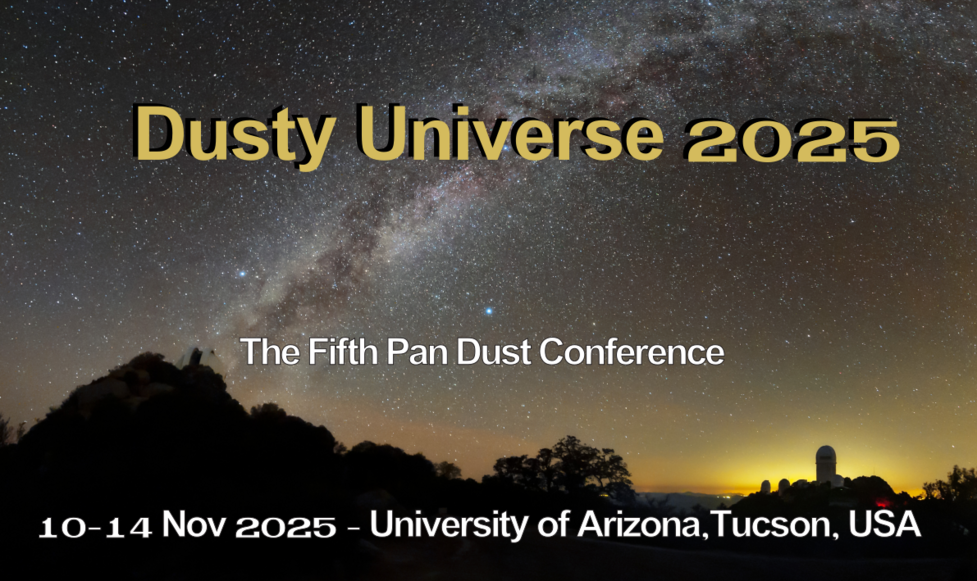The dust attenuation curve is a fundamental tool for understanding the role of dust in shaping the spectral energy distributions of galaxies across cosmic time. In this work, we present new constraints on the attenuation curves of star-forming galaxies in the redshift range 2 < z < 7 using deep spectroscopic observations from JWST/NIRSpec as part of the JADES survey. The unprecedented sensitivity and spectral resolution of NIRSpec allow us to analyze key spectral features, including Balmer lines and UV continuum slopes, to infer the dust properties and their evolution with redshift. We follow a model independent approach, as originally proposed by Calzetti+94 in local starburst galaxies. We have thus grouped galaxies in bins of Balmer Decrement (i.e. Ha/Hb), and we have created average templates of their stellar continuum. By combining them, we produced the corresponding selective and total attenuation curves. We have finally compared our derived attenuation curves with those from the literature, finding only a mild evolution with respect to the local universe, in tension with similar recent works based on Spectral Energy Distributions modelling. We explore potential deviations linked to galaxy properties such as stellar mass, star formation rate, and metallicity. This study represents one of the first comprehensive analyses of dust attenuation at these redshifts with JWST spectroscopy and offers new perspectives on the dust content of galaxies in the first few billion years of cosmic history. We will also discuss how the PRIMA far-IR mission will improve our knowledge on this topic.

|
|
|
|
Attenuation Curve of Galaxies at 2 < z < 7: perspectives for PRIMA
1 : University of Padova
|
 PDF version
PDF version
